Separation Anxiety? 8 Smart Solutions to Calm Your Dog When You’re Away
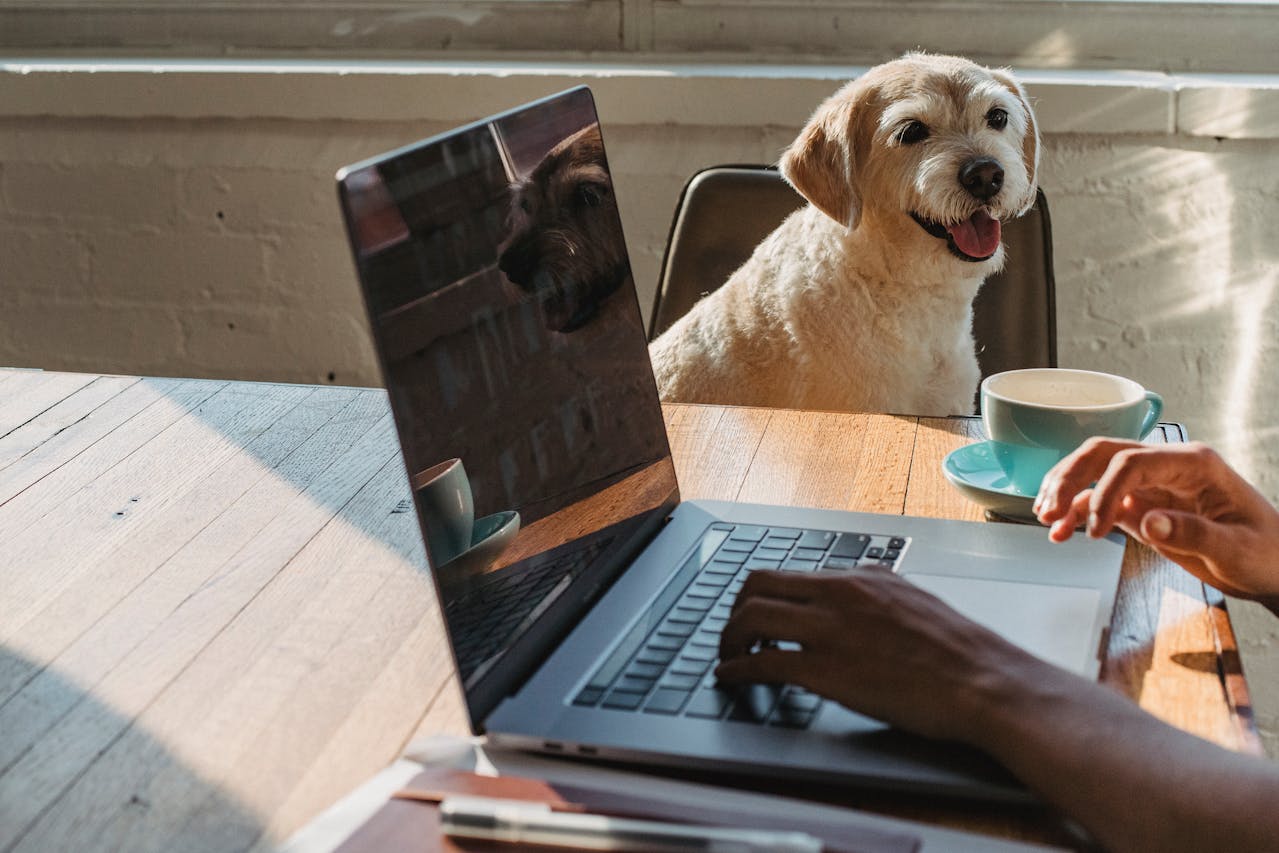
Separation anxiety is a common issue among dogs, affecting their well-being and the peace of mind of their owners. Many dogs experience distress when left alone, leading to behaviors such as excessive barking, chewing, or even house-soiling. Understanding how to alleviate these feelings is crucial for creating a harmonious living environment for both you and your furry friend. Fortunately, there are several effective strategies to help calm your dog when you’re away. Today, we’ll explore eight smart solutions to ease your dog’s separation anxiety, ensuring they feel secure and content in your absence.
1. Gradual Desensitization
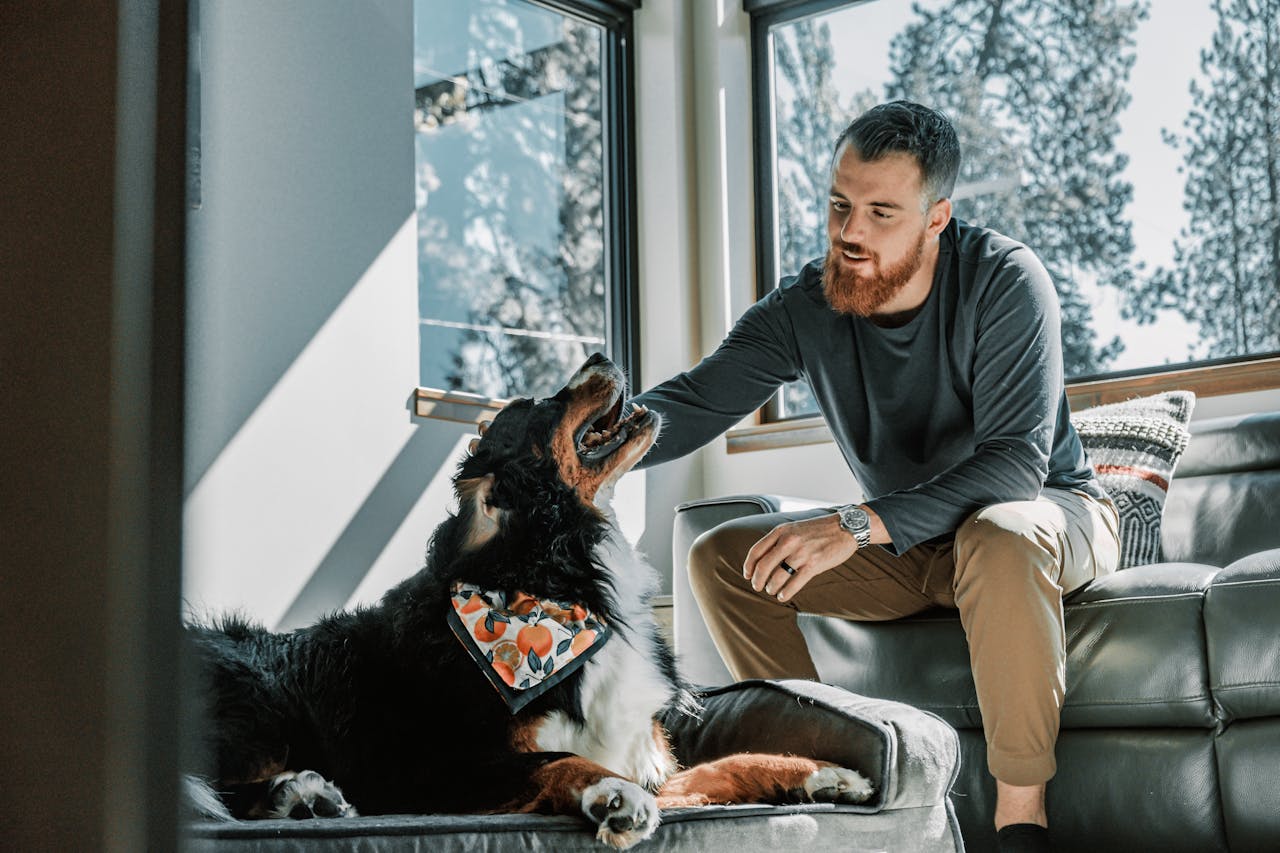
Gradual desensitization is a highly effective technique for helping dogs adjust to being alone. Start by leaving your dog alone for short periods, gradually increasing the time as they become more comfortable. For instance, begin with just a few minutes, then gradually extend the duration over several days or weeks. This method allows your dog to associate your departures with positive experiences rather than stress. Make sure to praise and reward your dog for staying calm during these initial alone times, reinforcing the idea that being alone is safe and rewarding.
2. Create a Safe Space
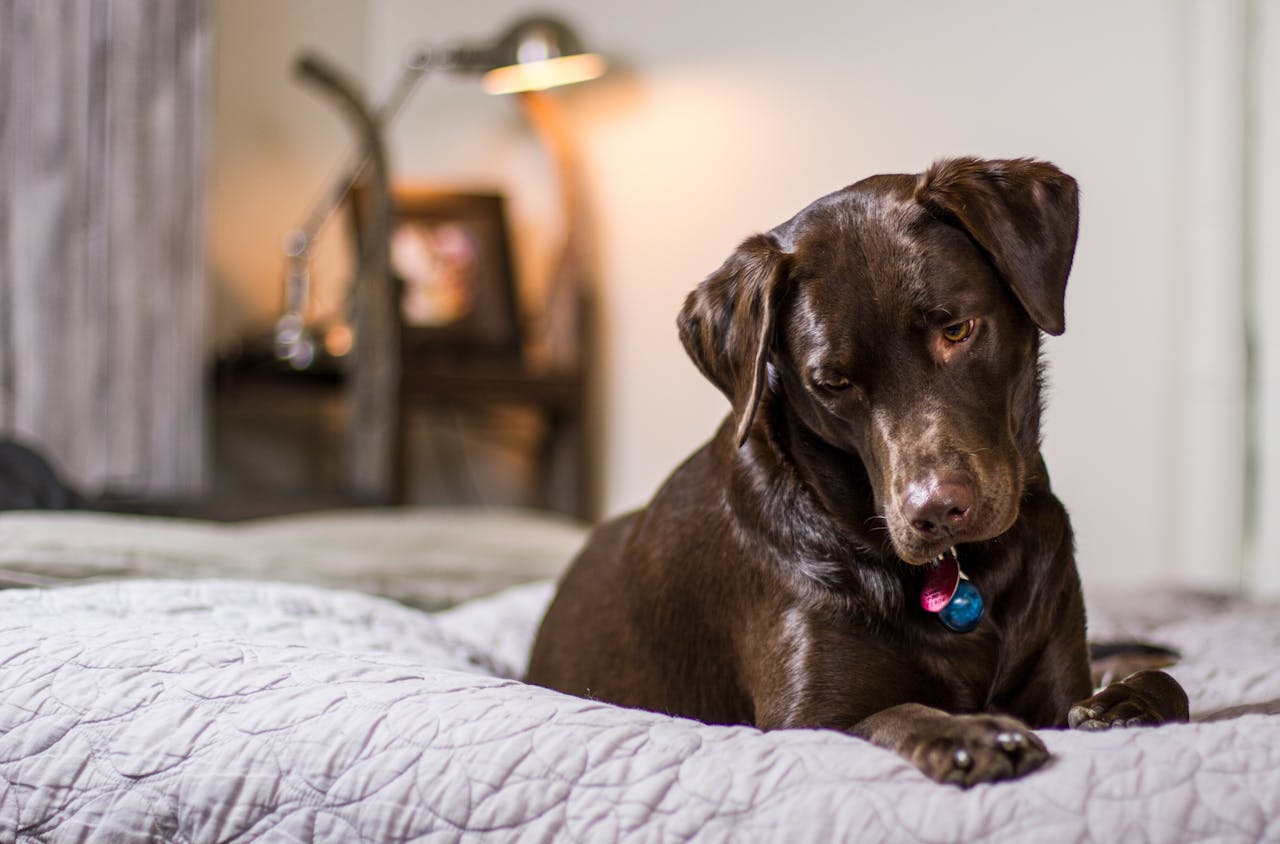
Establishing a designated safe space for your dog can significantly reduce anxiety. This area should be comfortable and familiar, filled with your dog’s favorite toys, bedding, and maybe even a piece of your clothing to provide comfort. The goal is to create an environment where your dog feels secure and relaxed. You can also use a crate if your dog is crate-trained, as many dogs view their crate as a safe haven. Ensure the space is free from distractions and stimuli that may trigger anxiety, allowing your dog to feel more at ease when left alone.
3. Use Interactive Toys and Puzzles
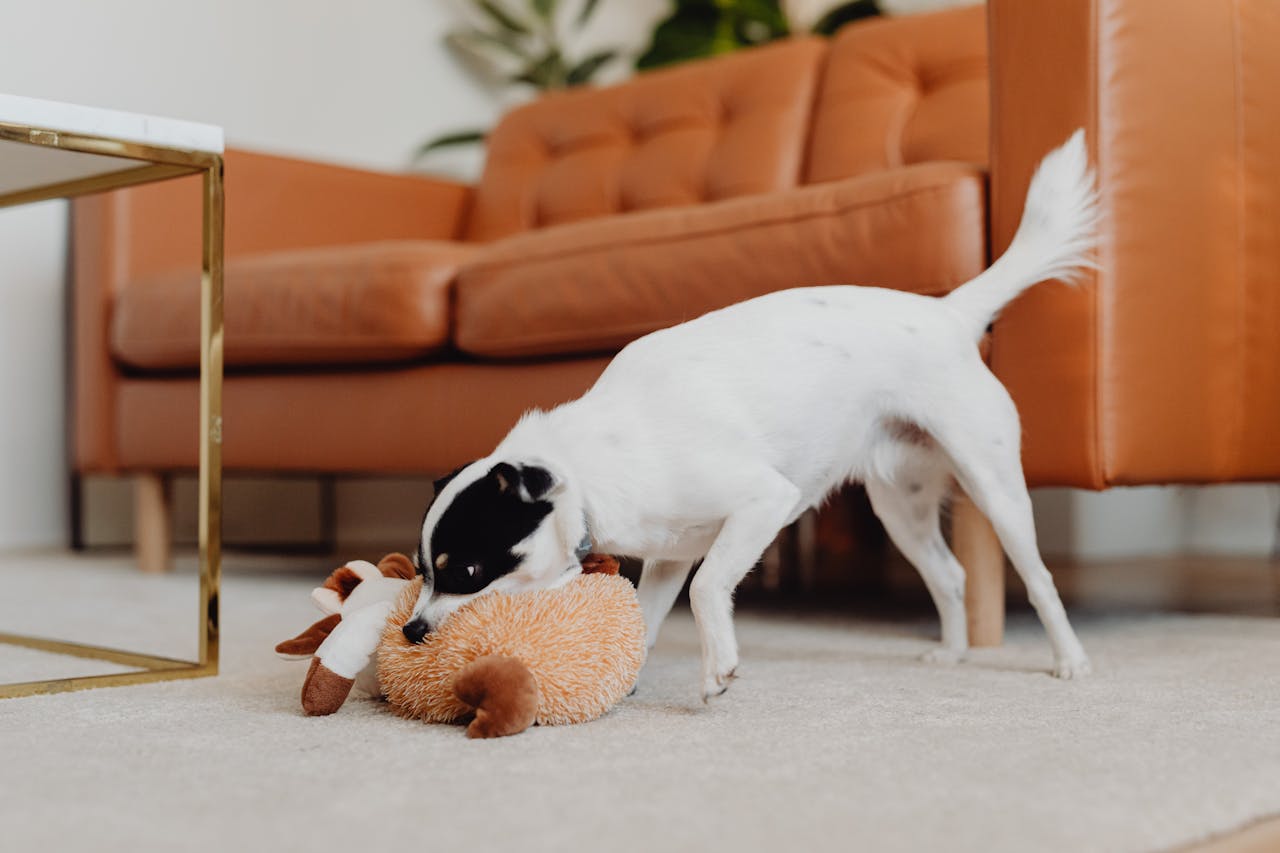
Engaging your dog’s mind can be an excellent way to keep them occupied and reduce feelings of anxiety. Interactive toys and puzzles can provide mental stimulation, helping to alleviate boredom while you’re away. Consider toys that dispense treats or require problem-solving skills to keep your dog entertained. Rotate toys regularly to maintain their interest and engagement. This strategy not only keeps your dog busy but also helps redirect their focus away from your absence, making it easier for them to cope.
4. Establish a Routine

Dogs thrive on routine, and having a consistent schedule can help ease anxiety. Establishing a daily routine for feeding, walks, playtime, and downtime provides your dog with a sense of stability and predictability. Knowing what to expect each day can significantly reduce stress and anxiety levels. Try to keep your departures and arrivals low-key to minimize the emotional impact on your dog. This helps them understand that you’ll always return, reinforcing their sense of security.
5. Practice Short Departures

To help your dog get accustomed to your absence, practice leaving for short periods throughout the day. This practice can help them understand that you will always come back. Start with brief departures of only a few minutes, gradually increasing the length as your dog becomes more comfortable. This technique is similar to gradual desensitization but focuses specifically on your comings and goings. It teaches your dog that your absence isn’t permanent and helps build their confidence in being alone.
6. Calming Aids
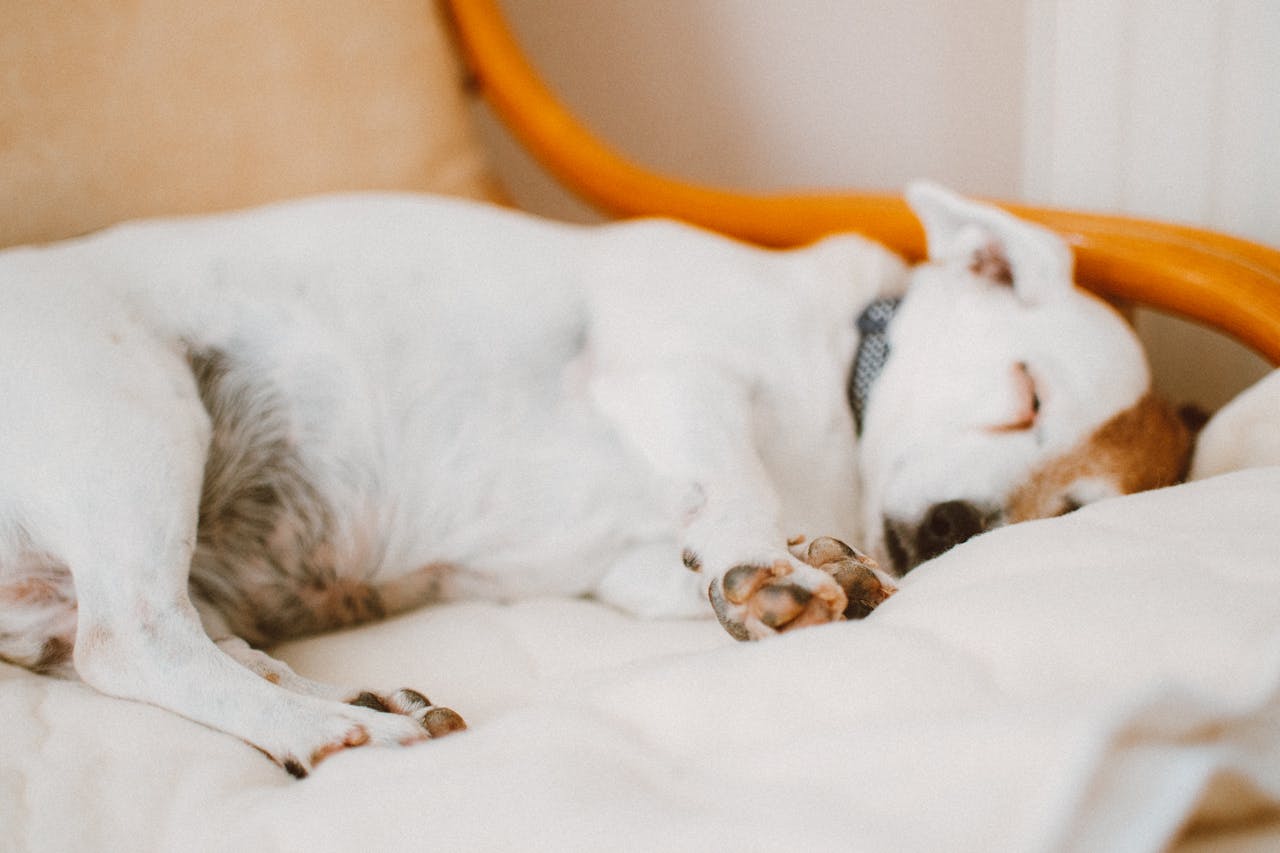
There are several calming aids available that can help soothe an anxious dog. Products like calming collars, pheromone diffusers, and anxiety wraps can provide additional comfort. These products are designed to release soothing scents or apply gentle pressure, mimicking the comforting feeling of being held. Additionally, natural supplements such as CBD oil or herbal calming treats may help alleviate anxiety for some dogs. Always consult your veterinarian before introducing any new products or supplements to ensure they are safe and appropriate for your dog’s needs.
7. Consider Professional Help
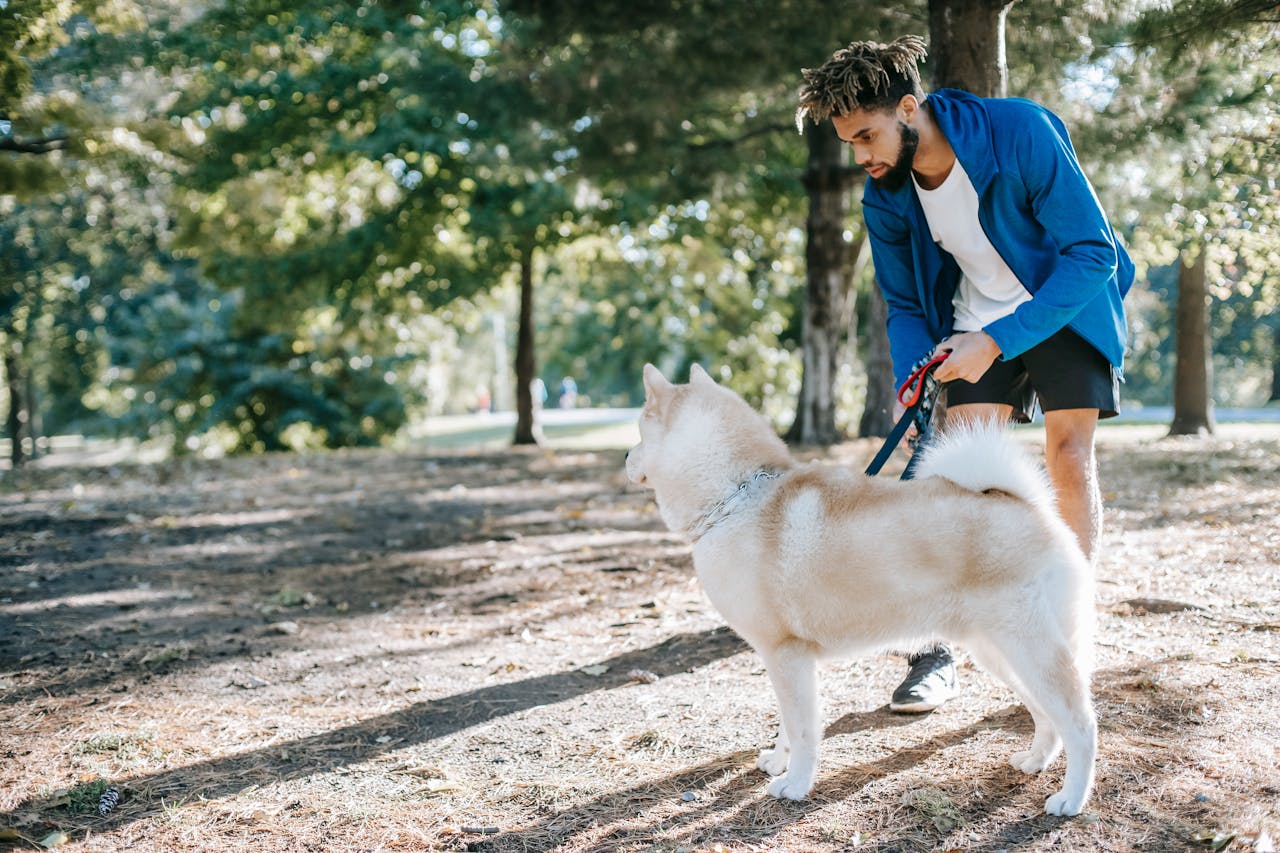
If your dog’s separation anxiety persists despite your best efforts, seeking professional help may be beneficial. A certified dog trainer or animal behaviorist can provide tailored strategies to address your dog’s specific needs. They can assess your dog’s behavior, identify triggers, and develop a customized training plan. In some cases, your veterinarian may also recommend behavioral therapy or medication as part of a comprehensive treatment approach. Professional guidance can make a significant difference in helping your dog cope with anxiety and ensuring a happier, more relaxed pet.
8. Hire a Dog Walker or Pet Sitter
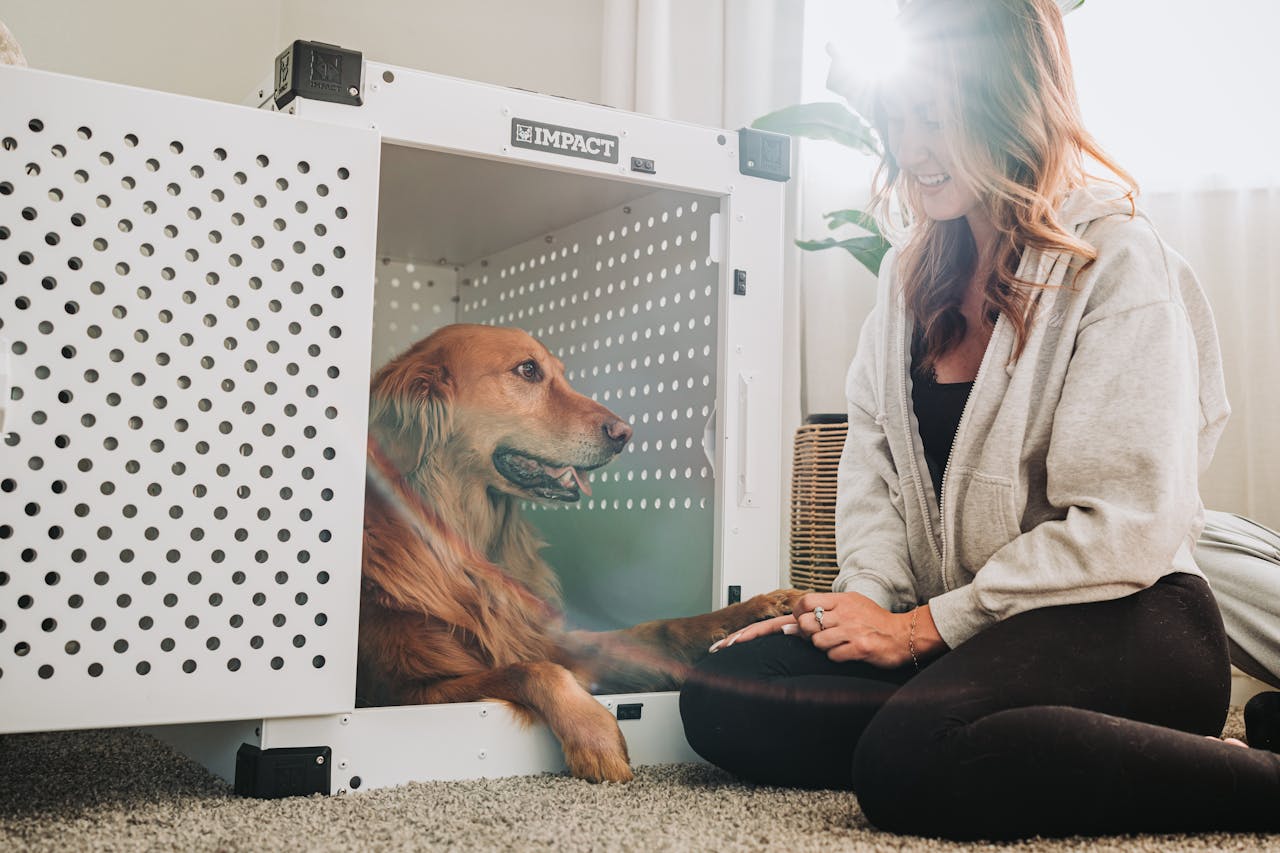
If you’re often away from home for extended periods, consider hiring a dog walker or pet sitter. Having someone visit your home to provide companionship, exercise, and stimulation can help ease your dog’s anxiety. A mid-day walk or play session can break up the day and provide your dog with the social interaction they crave. If hiring a professional isn’t feasible, consider asking a friend or neighbor to help out. Regular visits from another person can help your dog feel less lonely and provide reassurance that they are not alone.
Final Thoughts
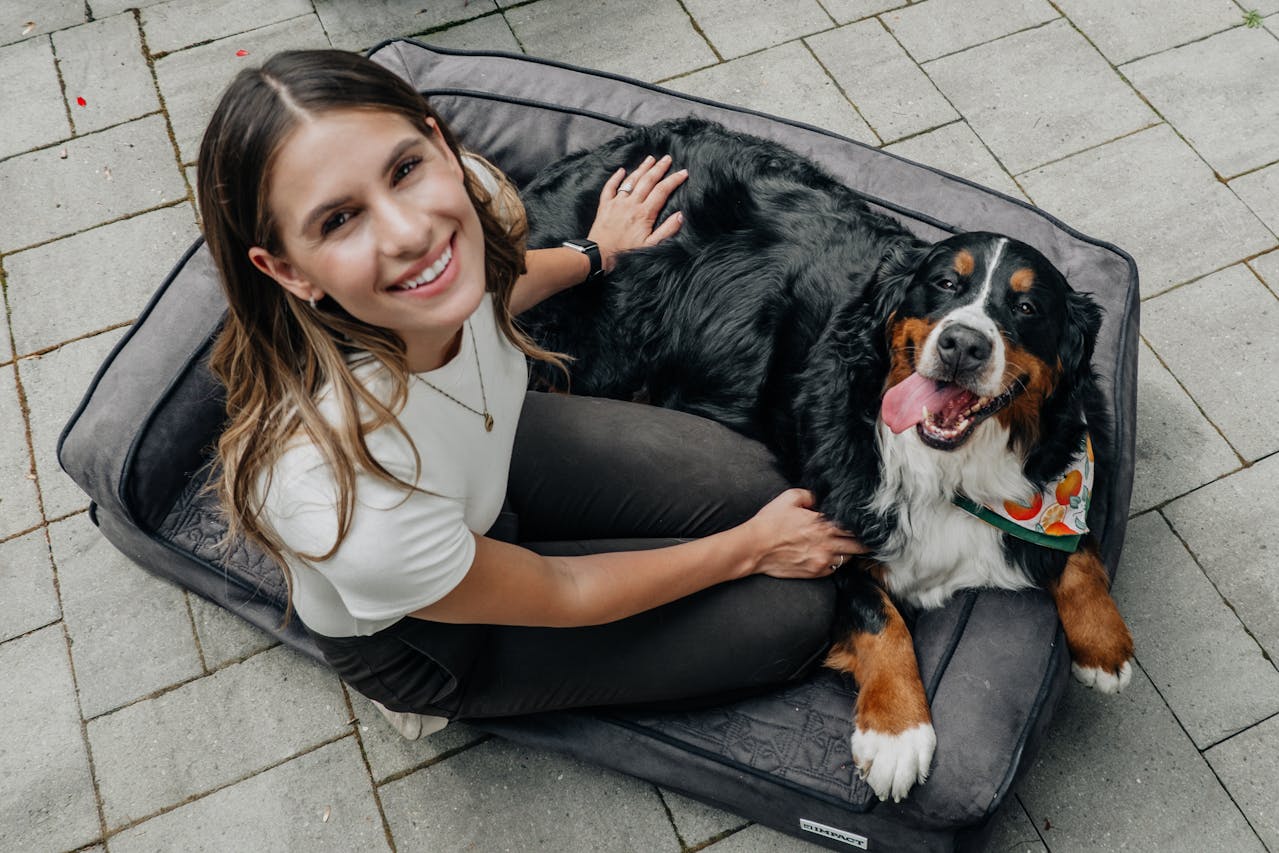
Separation anxiety in dogs can be a challenging issue for both pets and their owners, but there are numerous effective strategies to help alleviate it. By implementing gradual desensitization, creating a safe space, using interactive toys, and establishing a consistent routine, you can foster a sense of security for your dog. Additionally, considering calming aids, professional help, or hiring a dog walker can further support your efforts. Remember that patience and understanding are key as you work to help your furry friend feel more comfortable and confident when left alone. With time, love, and the right approach, you can help your dog overcome separation anxiety and enjoy a happier, more relaxed life.
Leave a Reply